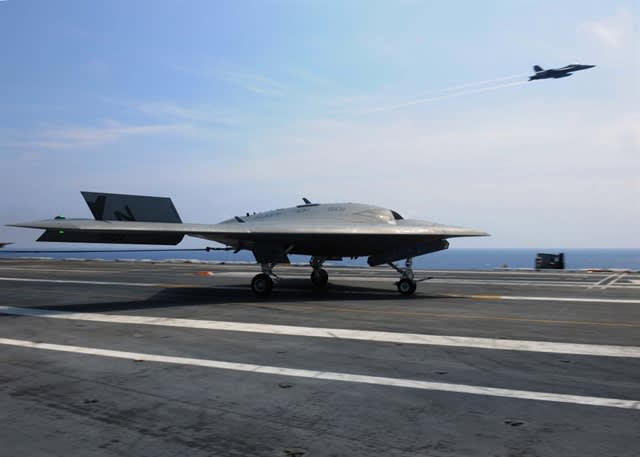ymn
Mechanical
- Oct 4, 2020
- 5
My question is : Can we get a hint about overall structural behaviour of a system from modal analysis ? Such as: even under a static case the system will try to deform like its mode shapes. Is this statement true ? I am trying to understand what can I get from modal analysis so I can use these informations in the early design phase of a system. (Where to add more parts/structural elements etc.)




